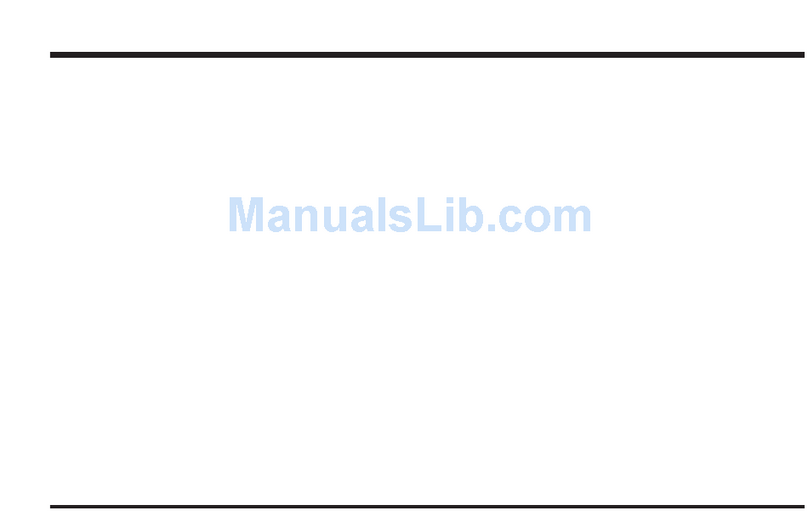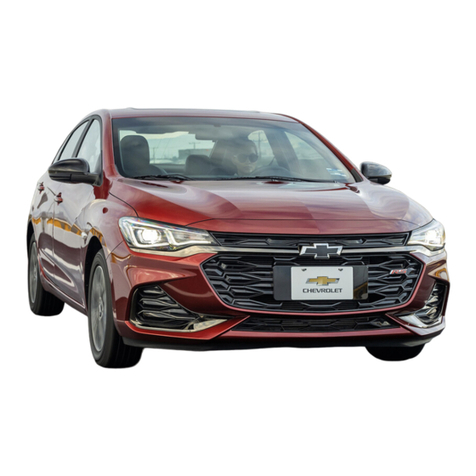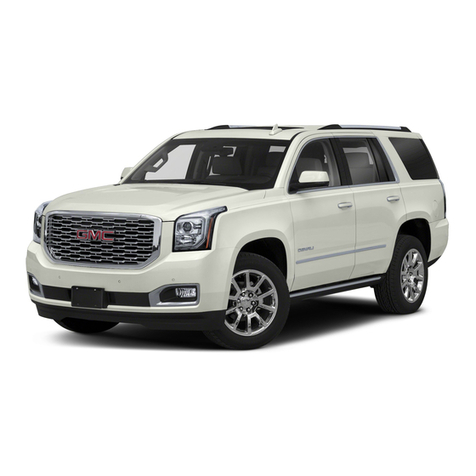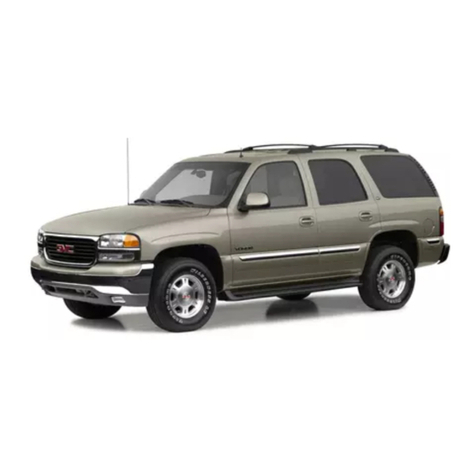GMC 1997 Safari User manual
Other GMC Automobile manuals

GMC
GMC TERRAIN 2019 User manual

GMC
GMC 2006 Sierra 1500 Pickup User manual

GMC
GMC 2014 Sierra HD User manual

GMC
GMC 2014 Acadia Assembly instructions

GMC
GMC 2007 Sierra User manual

GMC
GMC 2011 GMC Sierra User manual
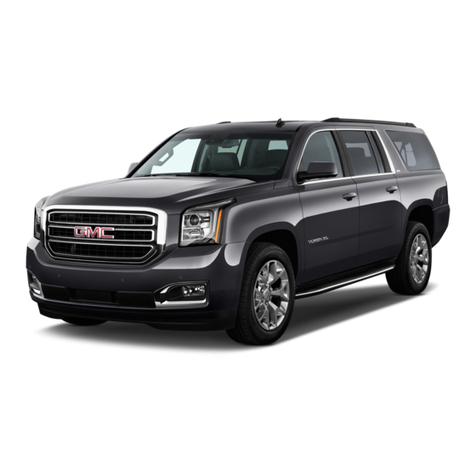
GMC
GMC Yukon XL Denali 2015 User manual
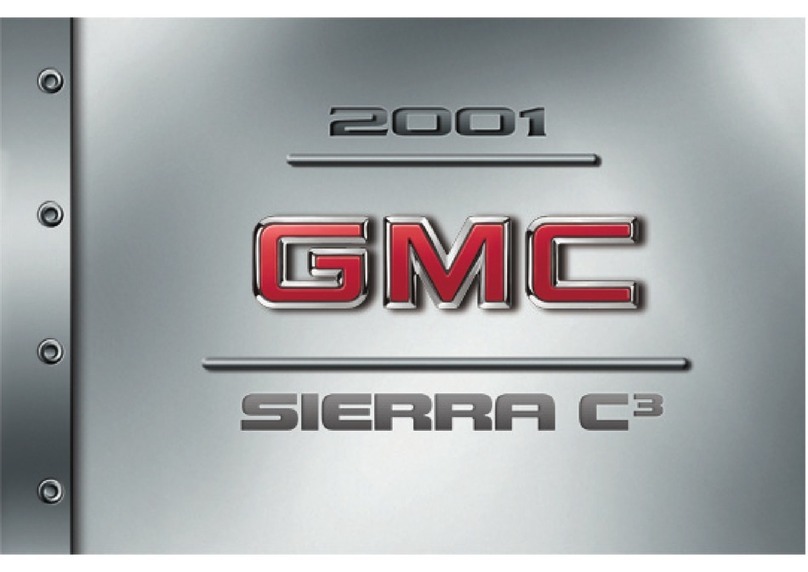
GMC
GMC 2001 C3 User manual
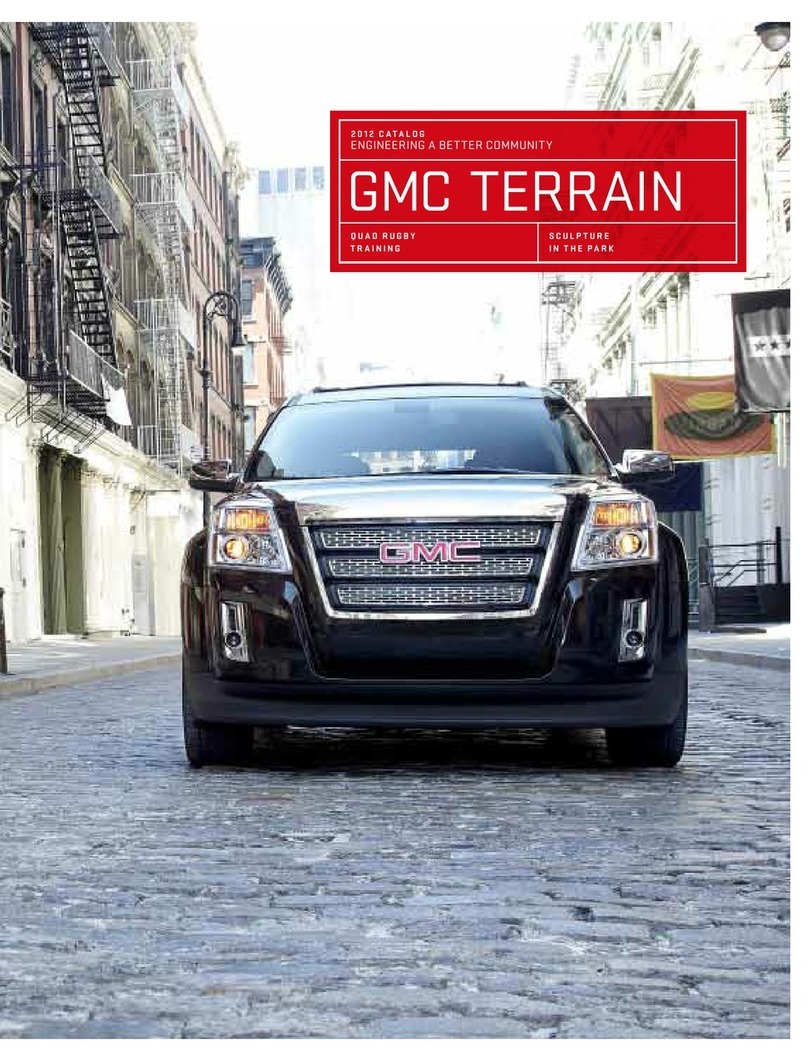
GMC
GMC 2012 Terrain User manual
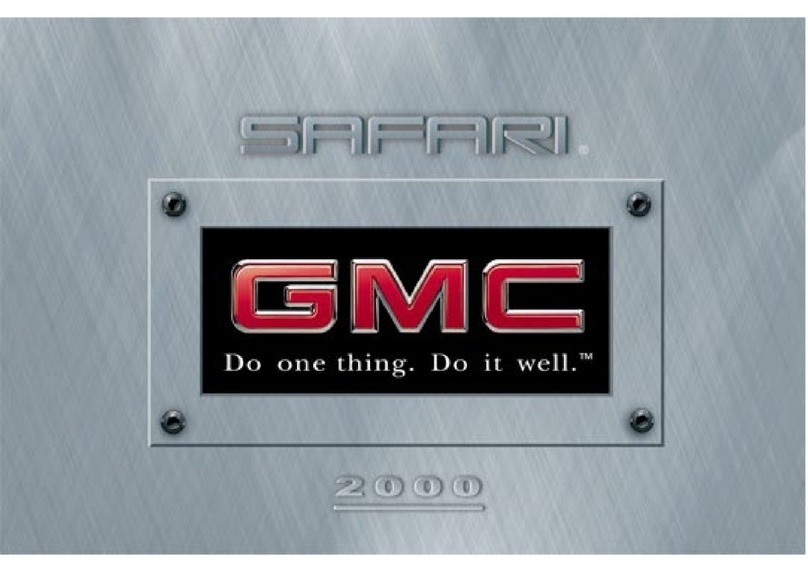
GMC
GMC 2000 Safari User manual

GMC
GMC 2010 Canyon Crew Cab User manual
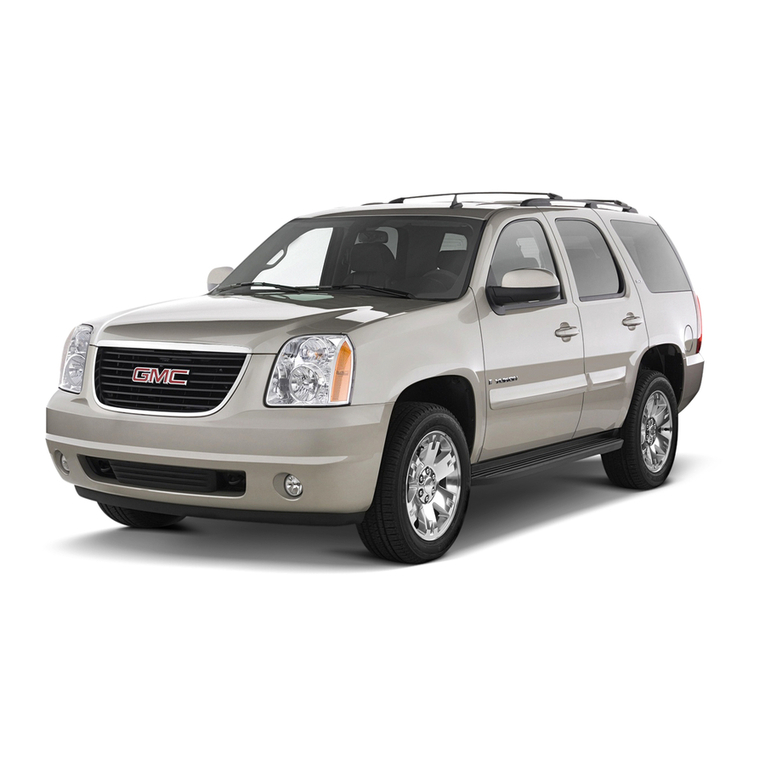
GMC
GMC 2011 Yukon Denali User manual

GMC
GMC 2009 Canyon Assembly instructions
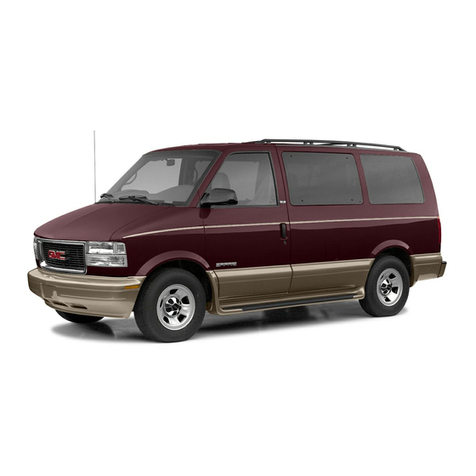
GMC
GMC 2005 Safari User manual
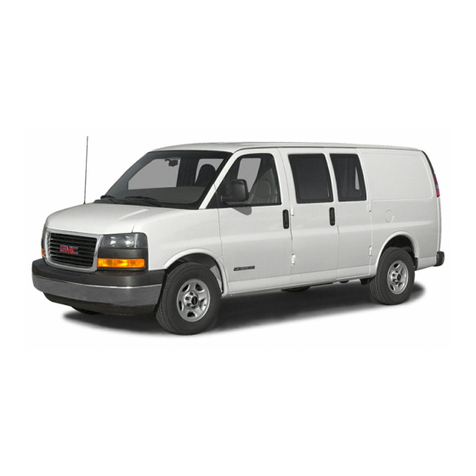
GMC
GMC 2005 Savana Assembly instructions
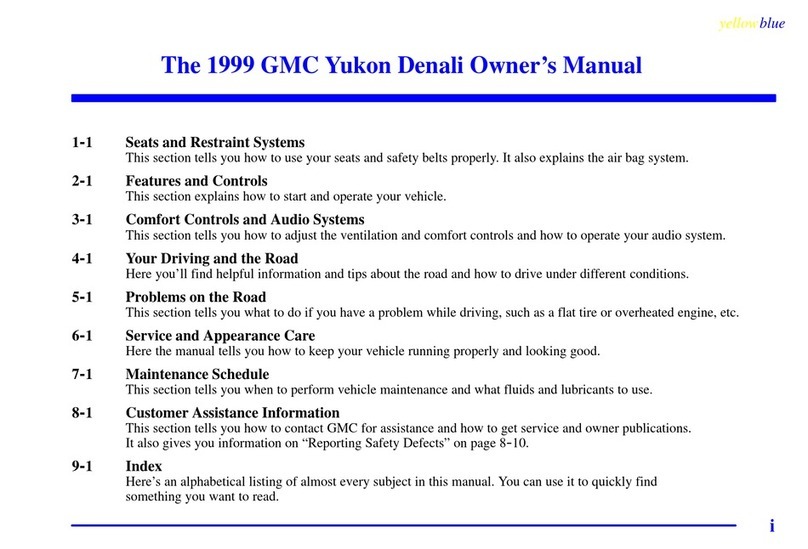
GMC
GMC YUKON DENALI 1999 User manual

GMC
GMC 2003 Sonoma User manual

GMC
GMC 1993 Suburban User manual

GMC
GMC 2007 Envoy Denali User manual

GMC
GMC 2003 Savana Van User manual
